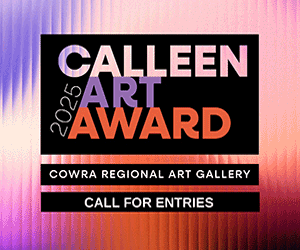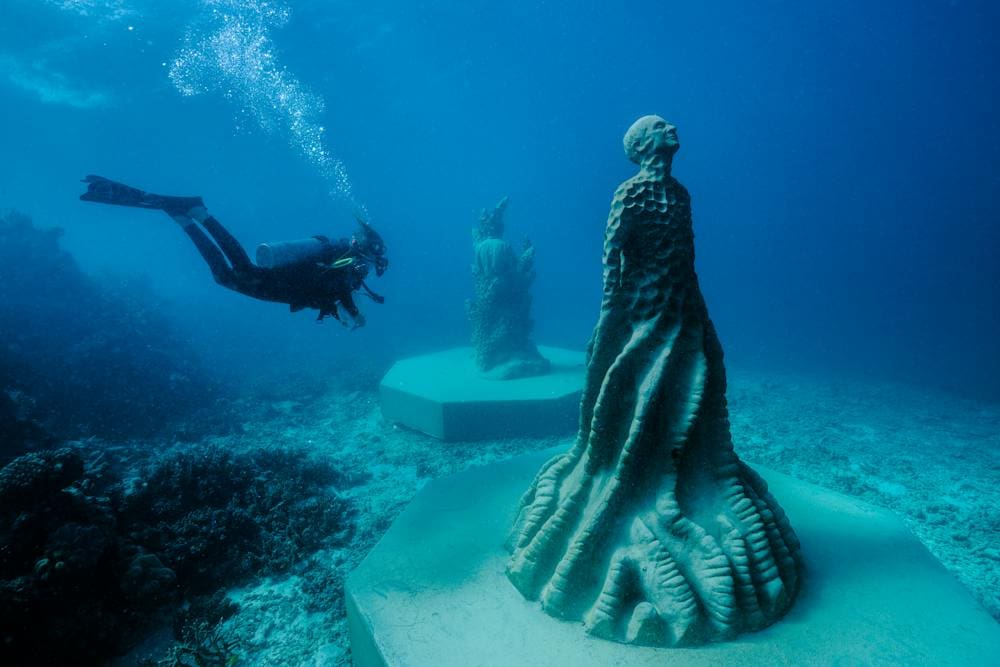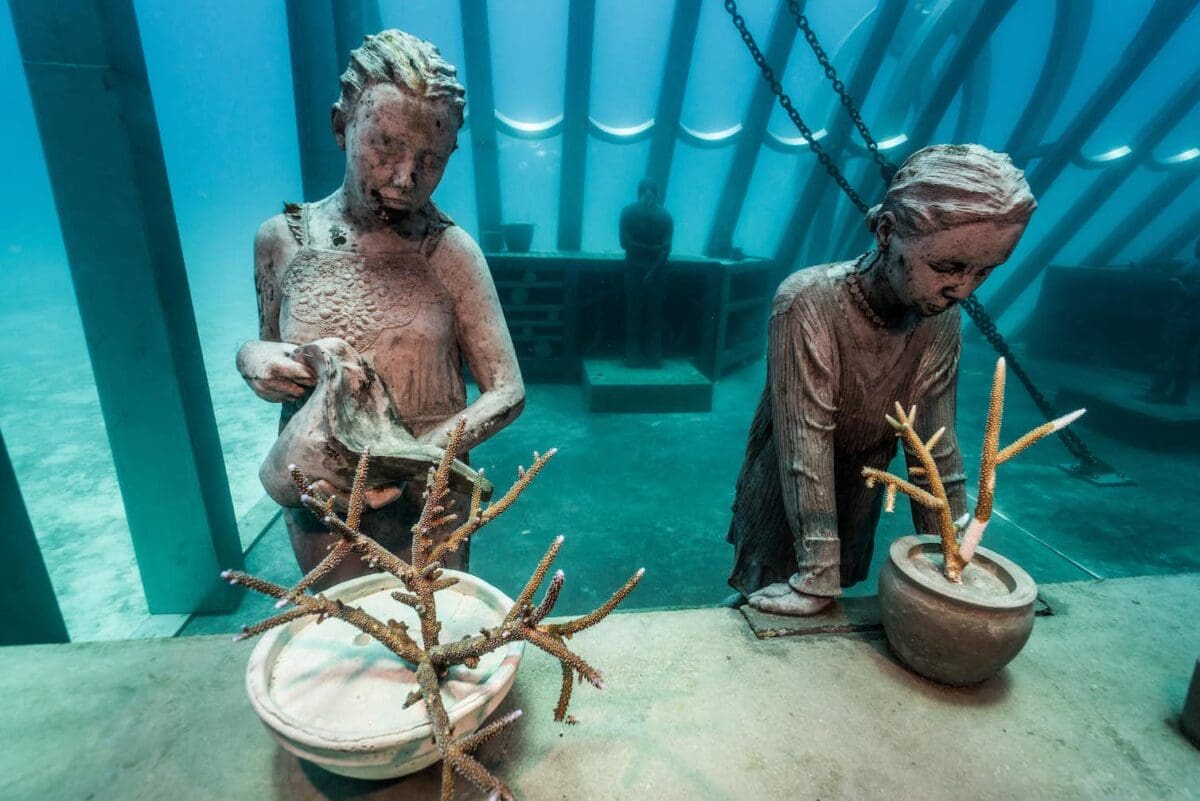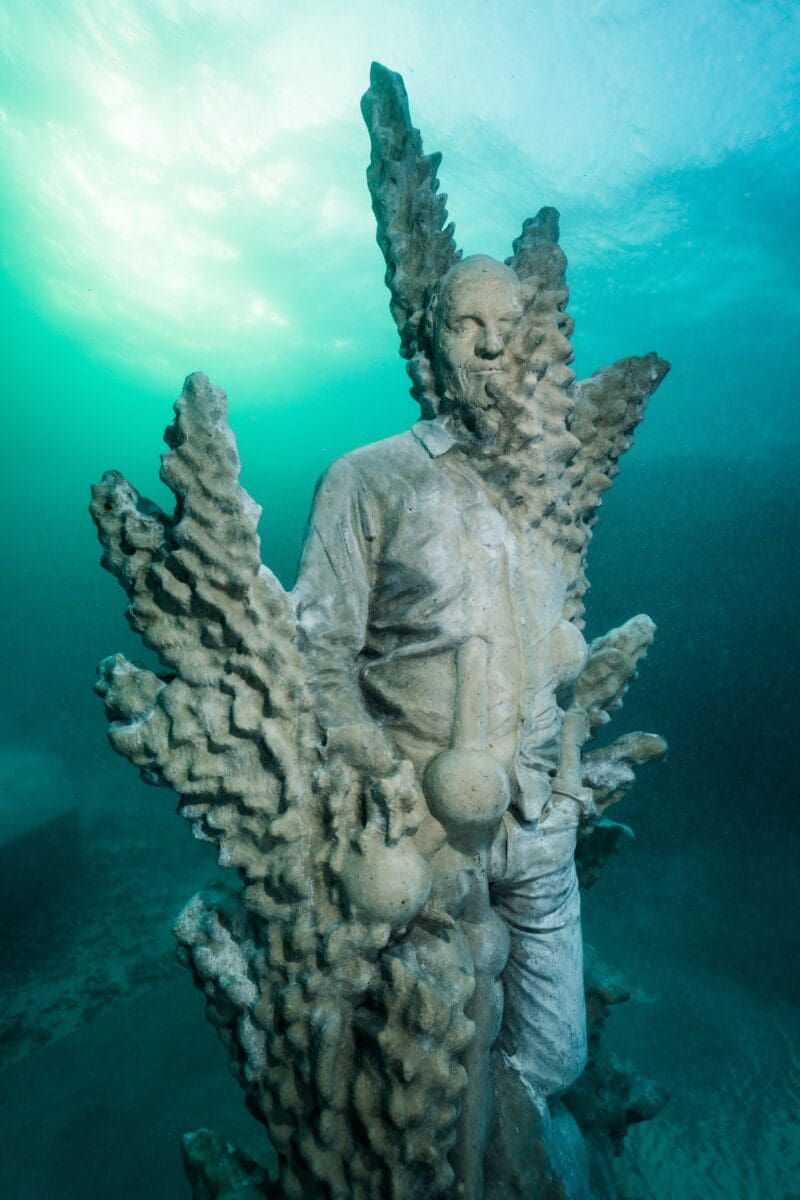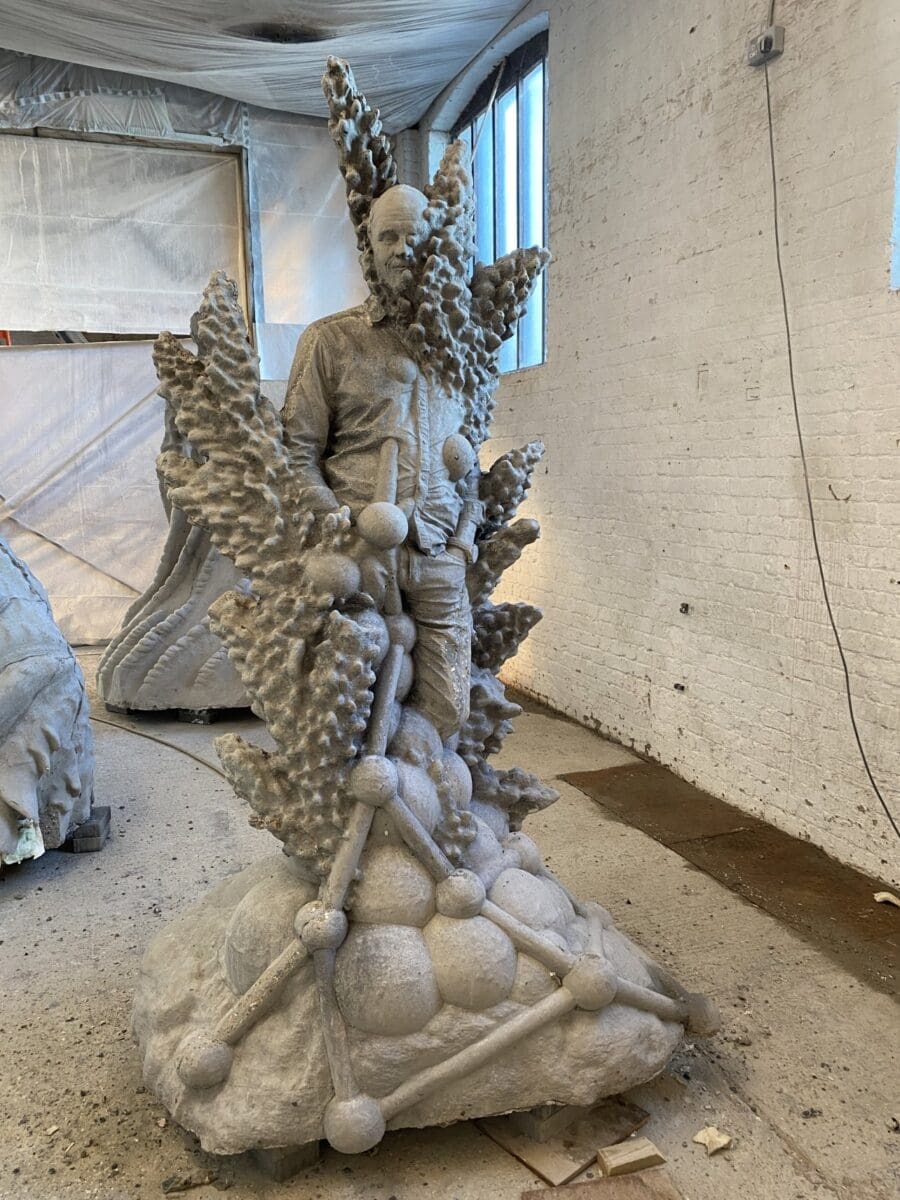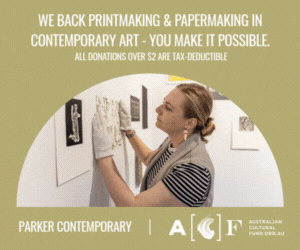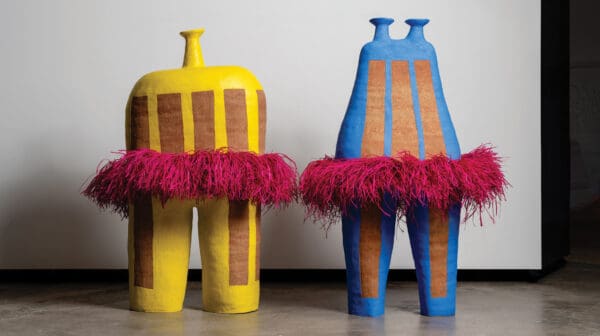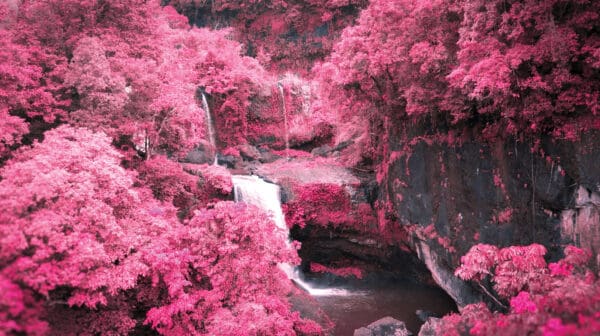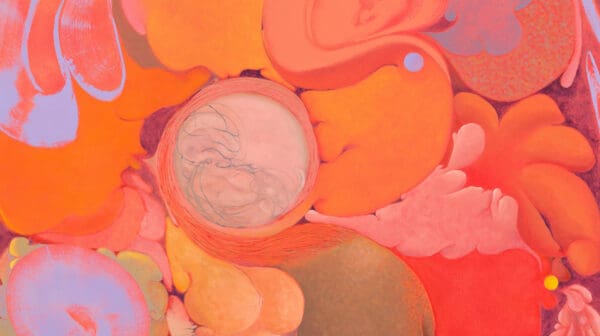This article is written by Adam Smith, James Cook University and Nathan Cook, James Cook University.
The widespread demise of coral reefs due to climate change is now a certainty. But what role does art have in our future for coral reefs?
Art is about feelings. One of the great challenges today is that we often feel untouched by the problems of others and by global issues like climate change. This is where art can make a difference.
Engaging with a thoughtful work of art can connect you to your senses, body and mind. Art can be used as a tool to raise awareness, promote conversation and rally behind a cause.
One way this is happening on the Great Barrier Reef is through an underwater sculpture trail. Here reef sculptures are drawing attention to inspirational scientists, the science of climate change, reef restoration, citizen science and traditional culture.
What are reef sculptures?
Reef sculptures are a form of artificial reef: man-made structures placed into an aquatic environment to mimic certain characteristics of a natural reef.
Artificial reefs were historically deployed for fishers and divers to concentrate marine life and to shift pressure from other popular locations.
Artificial reefs take many forms, such as reef balls, pods, concrete pipes, wrecks and sculptures. They can be sites of ecological research, conservation and arts and culture.
The first modern reef sculpture was created by Jason deCaires Taylor at Grenada in the West Indies in 2006. This sculpture aimed to provide a restorative response to a damaged marine ecosystem and enhance marine tourism.
The largest underwater sculpture in the world is the Museum of Underwater Art created with deCaires Taylor at John Brewer Reef, offshore from Townsville. The Coral Greenhouse is a skeletal building made from pH-neutral cement and corrosion-resistant stainless steel. It covers an area of 72 square metres and weights 165 tonnes, with eight human figures depicting scientists, conservationists and coral gardeners.
A recent report on this sculpture found statistically significant increases in fish abundance and diversity. There were no changes over time in invertebrate abundance, invertebrate diversity and tourist perceptions of aesthetic values.
Structural designs of underwater sculptures need to be able to adapt into the surrounding natural landscape, creating a transition point from the manufactured to natural.
Small intricate matrices provide protection for small fish. Textured planters encourage coral restoration efforts by scientists.
But there are still gaps in our knowledge in how effective artificial reefs are for potential local, regional or global impact by increasing awareness of coral reef decline and positive actions.
Government policy bans underwater sculptures
A new Reef Authority policy on fish-aggregating devices and artificial reefs has banned the creation of new underwater sculptures on the Great Barrier Reef.
Its report found artificial reefs are “not compatible” with the main objective of the Marine Park Act, which is “to provide for the long-term protection and conservation of the environment, biodiversity and heritage values of the Great Barrier Reef Region”.
Instead of artificial reefs, the authority recommends initiatives that include ramping up crown-of-thorns starfish control, strengthening compliance, enhanced protection of key species for reef recovery, and testing and deploying methods for reef restoration.
But since 2017, the community, artists, traditional owners, citizen scientists, the tourism industry and local, state and federal governments have supported the Museum of Underwater Art.
This museum has provided jobs and revenue, raised awareness and amplified important messages about reef conservation.
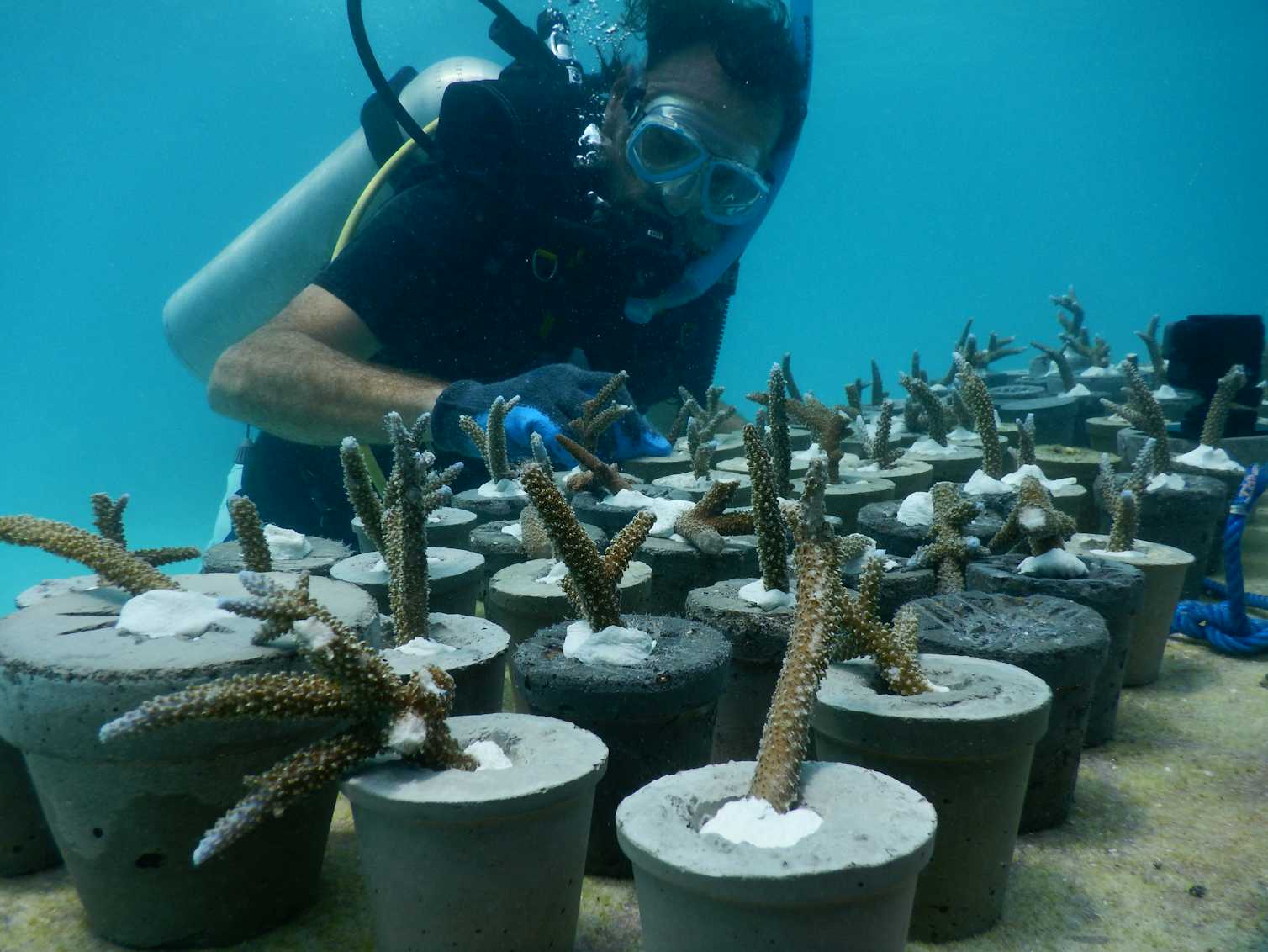
The positive impact of the reef sculpture
We have been surveying the life at the Museum of Underwater Art since 2018.
In 2018 (pre-installation), 2020 (post-installation), 2021 and 2022, divers recorded species and abundance of individuals sighted.
In 2018, 12 species and 65 individual creatures were recorded at the location of the museum. The 2022 survey found 46 species and 365 individuals.
The site has also become a reef restoration demonstration site. Planting corals on underwater sculptures is an innovative method of linking art, science, tourism, education and conservation.
Coral gardening is a reef-restoration technique modelled on terrestrial gardening. Small cuttings of coral colonies, called fragments, are transplanted from the surrounding reef to populate the new artificial reef. The corals help to rapidly transform the art installation into a biotic location.
In March 2020, 131 corals were transplanted onto Taylor’s sculptures. After one year, 91.6% of the coral survived.
Our research on planting corals in relatively deep water of 18 metres has been challenging and innovative. Interestingly, the results are better than for shallow-water coral projects, which average an 80% survival rate after one year.
We also assessed tourist attitudes to the artificial reef. We found high satisfaction with the art, coral and fish observed at the site.
Interestingly, tourists in the Whitsundays rated the beauty of underwater art higher than the beauty of natural reefs.
Reaching new hearts
Katharina Fabricious, a senior research scientist at the Australian Institute of Marine Science, says:
“Conservation needs to be communicated in a whole range of different ways, and art is reaching people that scientists sometimes cannot reach.”
The future of the Museum of Underwater Art is uncertain due to its classification as an artificial reef. The renewal or refusal of the many permits required for the artworks will be considered in the context of the new policy. It means this is the largest and possible the last underwater sculpture in the Great Barrier Reef.![]()
Adam Smith, Adjunct Associate Professor, James Cook University and Nathan Cook, Marine Scientist, James Cook University
This article is republished from The Conversation under a Creative Commons license. Read the original article.

